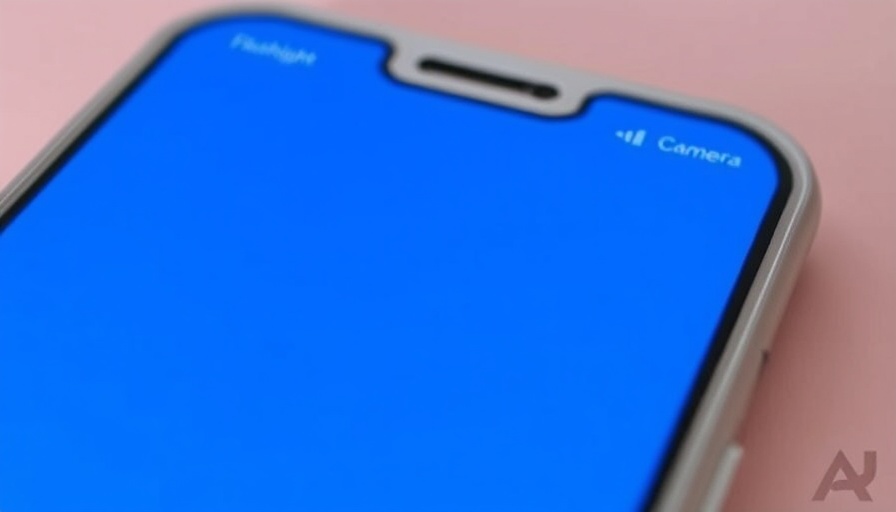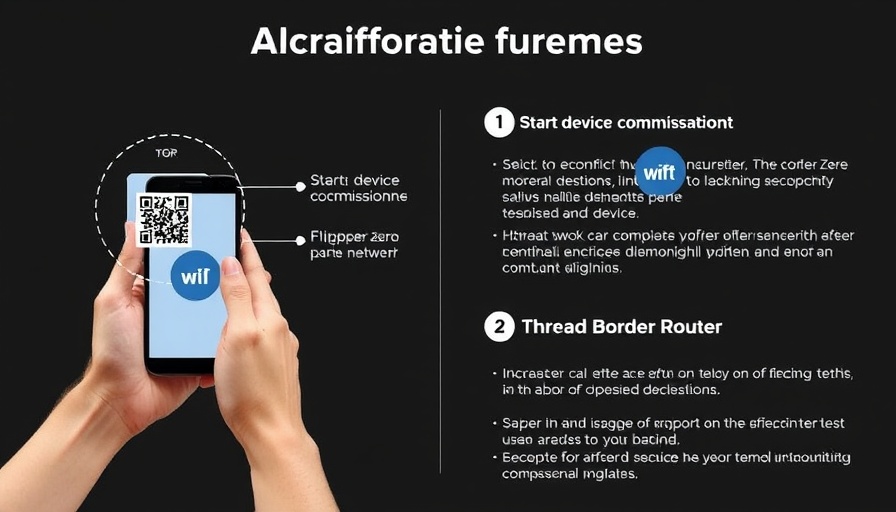
The Evolution of Smartphone Design and User Interaction
As technology advances, we see significant changes in how we interact with devices. The transition from buttons to touchscreens highlights not only our evolving preferences but also the need for a simplified user experience. In the past, cell phones were equipped with various buttons, each serving a specific function. However, the latest smartphone models have streamlined this design, moving towards a more intuitive interface. The line at the bottom of the screen on modern phones serves as a reminder of this shift, guiding users in navigating their devices efficiently.
The Purpose of the Line: A Necessary Guide and Its Benefits
Incorporating a line at the bottom of the screen is an intentional design decision, helping users understand where to start swipe gestures, especially when exiting an app or multitasking. This guide has been met with mixed feelings; while some users appreciate the minimalistic design, others find themselves yearning for the comfort of tactile buttons. Understanding the rationale behind this feature can enhance user experience and acceptance of new technology. This adaptation not only streamlines interactions but also emphasizes the importance of gesture-based navigation as smartphones continue to evolve.
Smartphone Accessibility Features: A Double-Edged Sword?
Accessibility is a crucial aspect of technology, allowing devices to be used by individuals of varying abilities. However, features designed for accessibility, like the line at the bottom of the screen, can sometimes lead to complications for users who prefer the traditional button layout. For iPhone and Android users, the inability to remove this line can be frustrating, especially for those more comfortable with classic navigation methods. Exploring the balance between modern design and usability can provide insights into how smartphone manufacturers might address user concerns while maintaining innovation.
Potential Workarounds for Customizing Your Experience
While the line at the bottom of the screen is largely fixed, users can explore different settings and features to optimize their personal experience. For Android users, adjusting system preferences or employing third-party applications may help alleviate some discomfort. iPhone users can try accessing Guided Access settings for limited customization, although it comes with risks, as discussed in the original article. These features highlight the ongoing engagement users have with their devices, showcasing the constant tug-of-war between brand intent and personal preference.
Social Connections: How Our Devices Shape Interaction
Our smartphones serve as more than just communication tools; they play a pivotal role in our social lives. As the design of these devices continues to evolve, it's essential to consider how such changes affect our social interactions. The line at the bottom of the screen is a subtle reminder of our reliance on technology, demonstrating how user interface innovations can enhance or hinder our connectivity with others. The pleasure of a smooth, uninterrupted experience when scrolling can improve users' ability to engage with friends, family, and social media platforms.
The Future: Looking Ahead in Smartphone Innovation
As we look toward the future, there seems to be an ongoing trend toward minimalistic designs. The line will likely remain a staple in smartphones across various brands, indicating the direction in which technology is headed. Future designs will likely prioritize seamless navigation and interactive gestures, encouraging users to adapt further to touch-based interfaces. By embracing these changes, users can harness the potential of their devices, making technology an integral part of daily life.
In conclusion, understanding the purpose behind the line at the bottom of smartphones transcends mere curiosity; it allows users to navigate the complexities of modern design more comfortably. Whether it's through exploring user settings or embracing new interfaces, knowledge empowers users as they engage with these ubiquitous devices.
 Add Row
Add Row  Add
Add 




Write A Comment